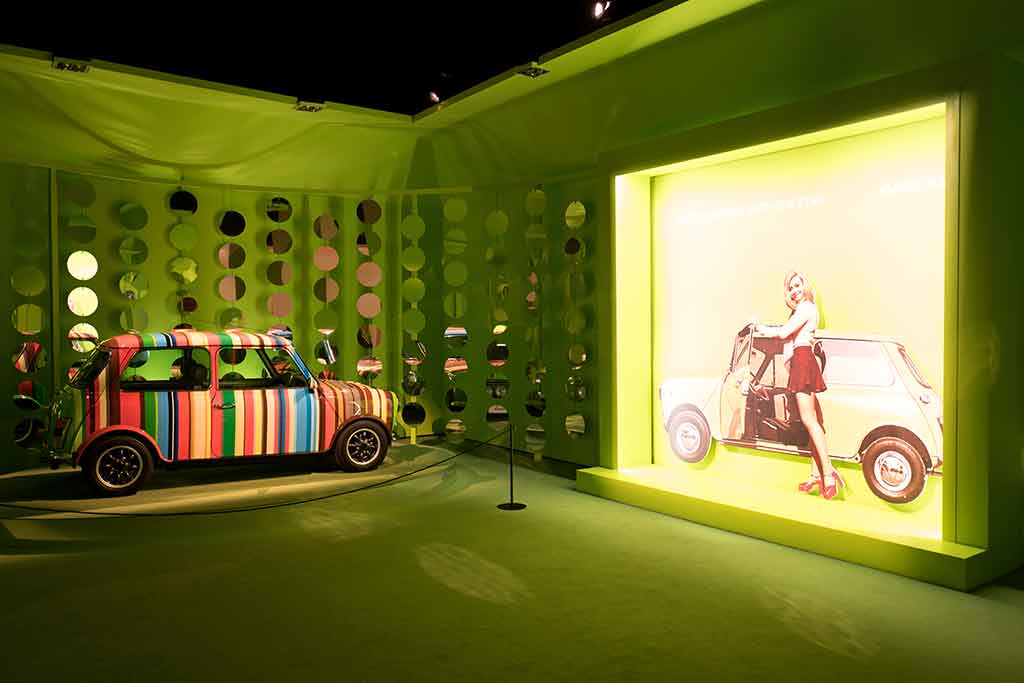Welcome to Lombardy Italy, one of the most popular vacation destination in the
world. If you’are planning to visit Italy for your next trip and you are
looking for the best places to visit, here you’ll find tips and suggestions of most
popular point of interest and activities not to be missed. Milan Italy's most fashionable cities where you can experience
a visit to Leonardo's
Last Supper located in its original place, Dominican Convent of Santa Maria delle Grazie. Travelers will appreciate the many
little-known towns with a rich historical and artistic heritage like:
Mantua the city of Gonzaga Italian
princely family that ruled from 1328 to 1708, Pavia that possesses many
artistic and cultural treasures such as the well-known Certosa di Pavia, Como
which has a multitude
of historical buildings and important museums,
Cremona famous for the
violins and violas made there in the 16th–18th centuries by Guarneri
and Antonio Stradivari, Bergamo popular for its enchanting medieval atmosphere. Discover the monuments, buildings, natural treasures and all the details that characterize Lombardy and its territory. Share and suggest a place you've
visited.

Triennale di Milano, new and old Mini
Lombardy is a trade and financial powerhouse in the north of Italy, home to the business and fashion centre of Milan. Its diverse landscape and culture makes this an ideal place to spend a holiday, from the alpine regions and the Great Lakes to the fertile plains.
Lombardy also has a huge amount to offer in cultural and artistic terms. Aficionados of orchestral music will want to make a beeline for the Museo del Violino in Cremona, a museum devoted to the violin and the town's famous son Stradivarius. Only opened in 2013, this museum is a treasure trove of classic antique instruments, multimedia experiences, and special sections designed to entertain and inform children.
For art lovers a similarly wonderful experience can be had at the Accademia Carrara in Bergamo, which houses nearly 2,000 pieces from old Italian masters such as Botticelli, Raphael and Bellini. Also in Bergamo, tucked away in the Church of the Holy Spirit is a famous painting dating from 1521, Lorenzo Lotto's Madonna With Child And Saints.
Also well worth a visit is the convent of Santa Maria delle Grazie in Milan, where visitors can view the original of Leonardo da Vinci's famous Last Supper and of course don't miss a visit to the amazing Cathedral, Duomo of Milan.
For an appreciation of the sheer length of time that art has been important in this region, take a trip to the Valcamonica near Brescia, where you can find ancient stone carvings and rock drawings dating back up to ten thousand years.
written by Emilio Aronica - Last update: 02/09/2022